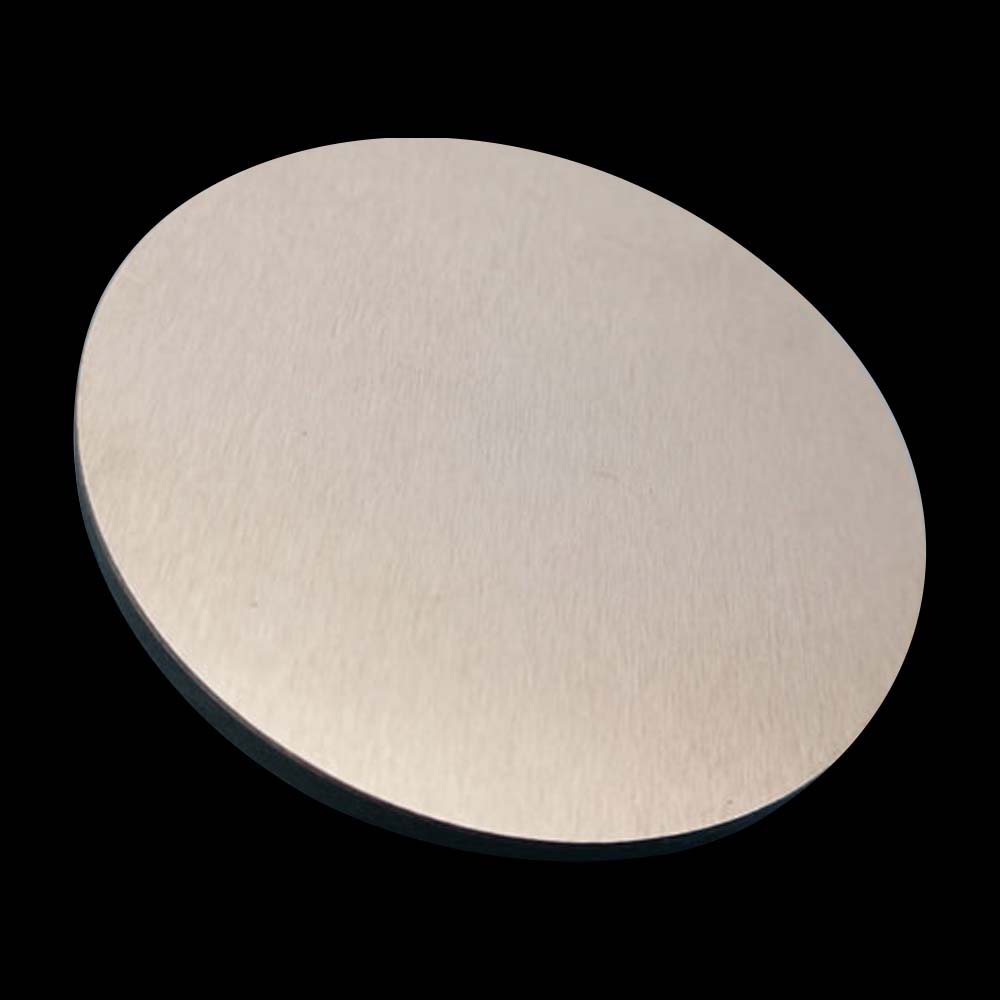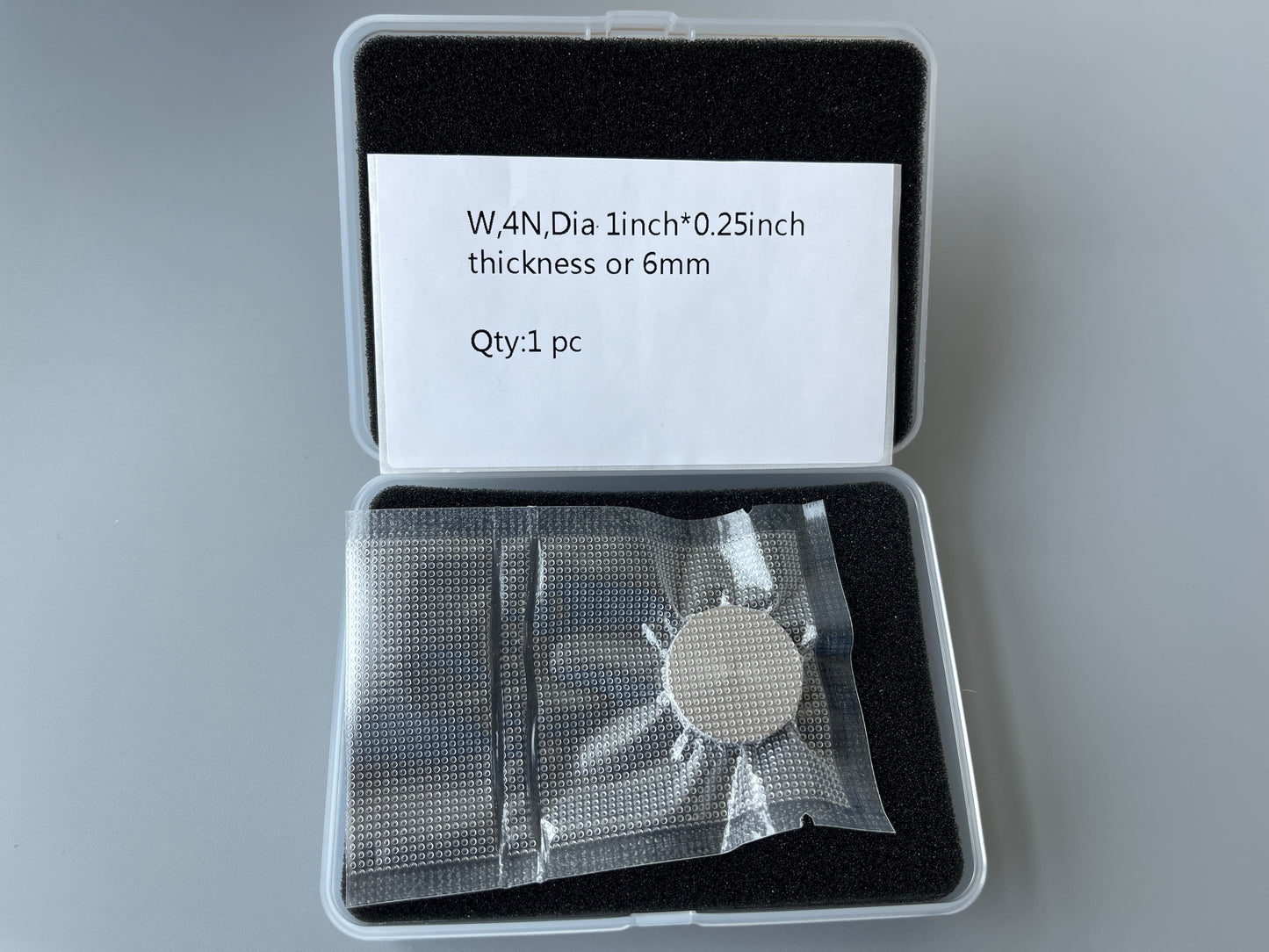Target Materials
Tungsten (W) Sputtering Target
Tungsten (W) Sputtering Target
Couldn't load pickup availability
| Material | Tungsten |
| Formula | W |
| Purity | 99.999% |
| Typical Substrates | Si, GaAs, AlN, glass, quartz |
| Related Materials | Ta, Ti, Mo, Co, Ni |
Tungsten (W) thin films are widely used in research and commercial applications due to their excellent electrical and thermal properties. These films offer a wide range of possibilities for the fabrication of electronic, optoelectronic and microelectronic devices. Tungsten thin films are commonly used in semiconductors, microelectronic components, and optical coatings, as well as in other applications such as high-temperature and corrosion-resistant coatings.
How Are Tungsten Thin Films Usually Deposited?
What Substrates Support Epitaxial Growth of Tungsten Thin Films?
What Substrates Support Growth of Quality Polycrystalline W Thin Films
Other Thin Film Materials Related to W
Research Papers Which on the Deposition of Quality Tungsten Thin Films.
Materials
Materials
Shipping & Returns
Shipping & Returns
Dimensions
Dimensions
Care Instructions
Care Instructions


-
Free Shipping
Wherever you are, get free shipping on orders from Target Materials
-
High Quality Packaging
All our targets are vacuum packed, sealed and protected so they arrive with you exactly how they left from us.


